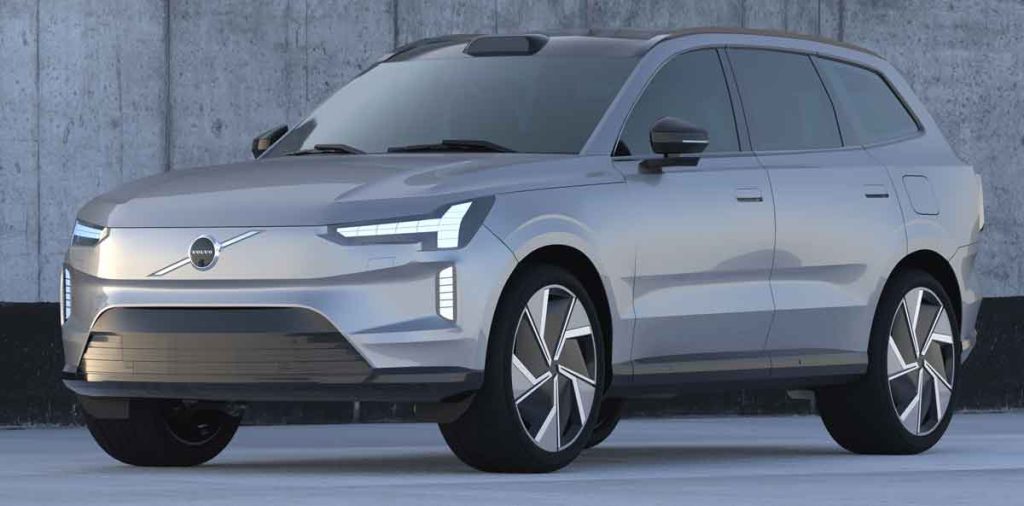
The Evolution of ADAS: A Look Back and Ahead
ADAS or Advanced Driver Assistance Systems is a collective term for the various technological enhancements and conveniences we’ve come to expect in
modern vehicles. The last decade or so has seen Advanced Driver Assistance Systems become all but ubiquitous, essentially every vehicle rolling off modern production lines is equipped with some degree of ADAS technology designed with greater driver comfort or safety in mind.
It all began with rudimentary systems like Anti-Lock Braking Systems (ABS) and Traction Control, designed to enhance vehicle stability and control. In recent years, as is the case in so many industries, advances in ADAS have been driven by the advent of artificial intelligence. The embrace of Artificial Intelligence in the automotive industry has marked a significant leap forward in the realm of ADAS driver assistance in particular.
The First ADAS
The roots of ADAS can be traced back to the mid 20th century when automotive engineers began exploring ways to make the driving experience more comfortable for motorists. The earliest forms of driver assistance technologies included basic features like cruise control, which debuted in the late 1940s, allowing drivers to maintain a steady speed without constant input from the driver.

It wasn’t until the late 20th century that ADAS began to take shape with the advent of electronic systems and sensors. In the 1980s, anti-lock braking systems (ABS) became commercially available, marking a significant milestone in vehicle safety. ABS prevented wheel lock-up during braking, enabling drivers to maintain steering control on slippery surfaces.
Common ADAS Features Explained >>
The dawn of the 21st century brought about a rapid expansion of ADAS capabilities, driven by advancements in computing power, sensor technology, and artificial intelligence. Manufacturers started integrating various sensors such as radar, cameras, lidar, and ultrasonic sensors into vehicles, enabling them to perceive their surroundings with greater precision. Now, essentially every vehicle rolling off modern production lines is equipped with some degree of driver assistance technology.

Artificial Intelligence in the Automotive Industry
The power of machine learning algorithms have effectively supercharged existing ADAS technologies. Now, ADAS systems utilising Artificial Intelligence can perceive and interpret their surroundings with greater precision. Through the use of sensors, cameras, and radar, A.I algorithms can accurately identify objects, anticipate potential hazards, and execute appropriate responses without the need for any action from the driver. In coming years, autonomous A.I enhanced ADAS features such as adaptive cruise control, lane-keeping assistance, and automatic emergency braking will grow all the more common.
ADAS features that will soon come as standard on all new vehicles >>
The Future of Advanced Driver Assistance Systems
What makes the introduction of A.I into the car technology so notable, particularly in relation to ADAS, is its ability to adapt and learn from experience. As vehicles gather more experience from various driving scenarios, A.I algorithms log this data and continuously refine their decision-making processes, improving their reliability over time.

It’s a certainty that the automotive industry is on the brink of some major changes with the advent of fully autonomous, effectively driverless vehicles. A.I enhanced ADAS technologies that enable vehicles to navigate complex urban environments and interact with other road users safely will soon be the norm. From refining basic safety features to the semi-autonomous driving capabilities, A.I enhanced ADAS features could well entirely redefine the driving experience well within our lifetimes. In fact, by 2025 something close to 85% of vehicles produced globally will feature some degree of driving automation.
Vehicle Autonomy Levels 0 – 5 Explained >>
Whatever happens in the future of motoring, we’ll keep you in the know. Check back soon for more explainers, guides, tips and articles just like this one.
Book an appointment now
For a quick and easy way to make an appointment book online now.
